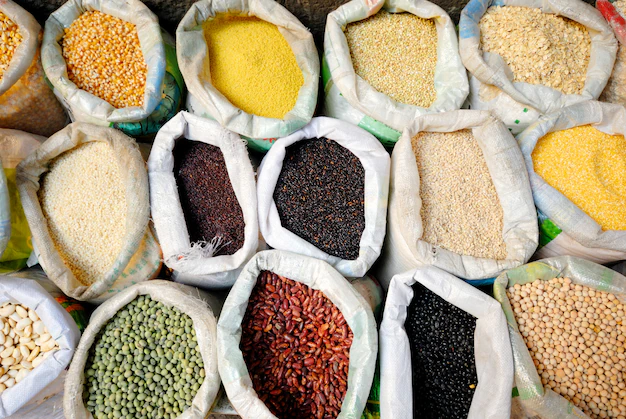National Seeds Corporation Ltd declares final Dividend of Rs 35.30 Cr for FY 2023-24
NSC’s revenue from operations increased to Rs 1,143.26 Crores from Rs1,078.23 Crores in the previous year, while the total income rose to Rs 1,182.48 Crores (ever highest) compared to Rs 1,112.13 Crores in 2022-23.
National Seeds Corporation Limited (NSC), a Public Sector Undertaking under the Ministry of Agriculture and Farmers’ Welfare, has announced the declaration of final Dividend of Rs 35.30 Crores for the Financial Year 2023-24, representing 5 per cent of its net worth, in compliance with Department of Investment and Public Asset Management-DIPAM guidelines. This highest ever dividend underscores NSC’s commitment to contributing to National Agricultural Development while ensuring financial sustainability.
The Dividend cheque was presented to the Minister of Agriculture and Farmers’ Welfare Shri Shivraj Singh Chouhan by Dr. Maninder Kaur Dwivedi, Chairperson cum Managing Director of NSC, in a ceremony held at Krishi Bhawan in New Delhi today. Speaking on the occasion, Union Minister Shivraj Singh Chouhan said that it should be ensured that farmers always get good quality seeds.
NSC is a Schedule ‘B’-Mini Ratna Category-I company wholly owned by the Government of India under the administrative control of the Ministry of Agriculture and Farmers Welfare. Established in 1963, NSC is engaged in the production and distribution of certified seeds to enhance agricultural productivity and ensure food security in India.
During FY 2023-24, NSC recorded significant growth in its financial performance. The revenue from operations increased to Rs 1,143.26 Crores from Rs1,078.23 Crores in the previous year, while the total income rose to Rs 1,182.48 Crores (ever highest) compared to Rs 1,112.13 Crores in 2022-23. The company’s profitability also witnessed a substantial increase, with Profit Before Tax (PBT) surging by 64.74 per cent to Rs 86.81 Crores and ever highest Profit After Tax (PAT) growing by 38.15 per cent to Rs 73.64 Crores.
NSC’s operational efficiency and strategic market expansion contributed to this growth. The company achieved seed sales revenue of ₹1005 Crores, marking an increase from Rs 947 Crores in the previous year. Notably, non-subsidized seed sales reached Rs 920 Crores, up from Rs 847.83 Crores. Online seed sales also saw a remarkable rise, reflecting NSC’s efforts in digital transformation. The company strengthened its market presence by appointing 992 new dealers, bringing the total dealer network to 4,665. The Company also appointed 2,126 no. of Farmers Producers Organisations (FPOs) and PACs and LAMPs.
On the production front, NSC continued to enhance its capabilities, with raw seed production/procurement reaching 17.10 lakh quintals. The seed processing capacity increased to 25.67 Lakhs quintal, supported by infrastructure improvements. Additionally, NSC played a crucial role in Government agricultural initiatives, supplying seeds to the Government, State Governments, dealers and also selling online via ONDC platform.
NSC is producing seeds in its five big Farms located at Sardargarh, Suratgarh, Jetsar in Rajasthan, Hisar in Haryana and Raichur in Karnataka with total area of 21,841 Ha. and through 14,166 Registered growers. The Company produces Test seeds to Breeder Seeds to Foundation seeds to Certified seeds, chronologically. The Company operates from 11 Regional Offices, 48 Area Offices, 29 Production Centres, 75 Seed processing plants, having 7 Air-conditioned seed storage facilities, and 180 seed storage godowns. The company has 4 Quality control labs and 1 DNA Finger printing lab.
NSC’s revenue from operations increased to Rs





